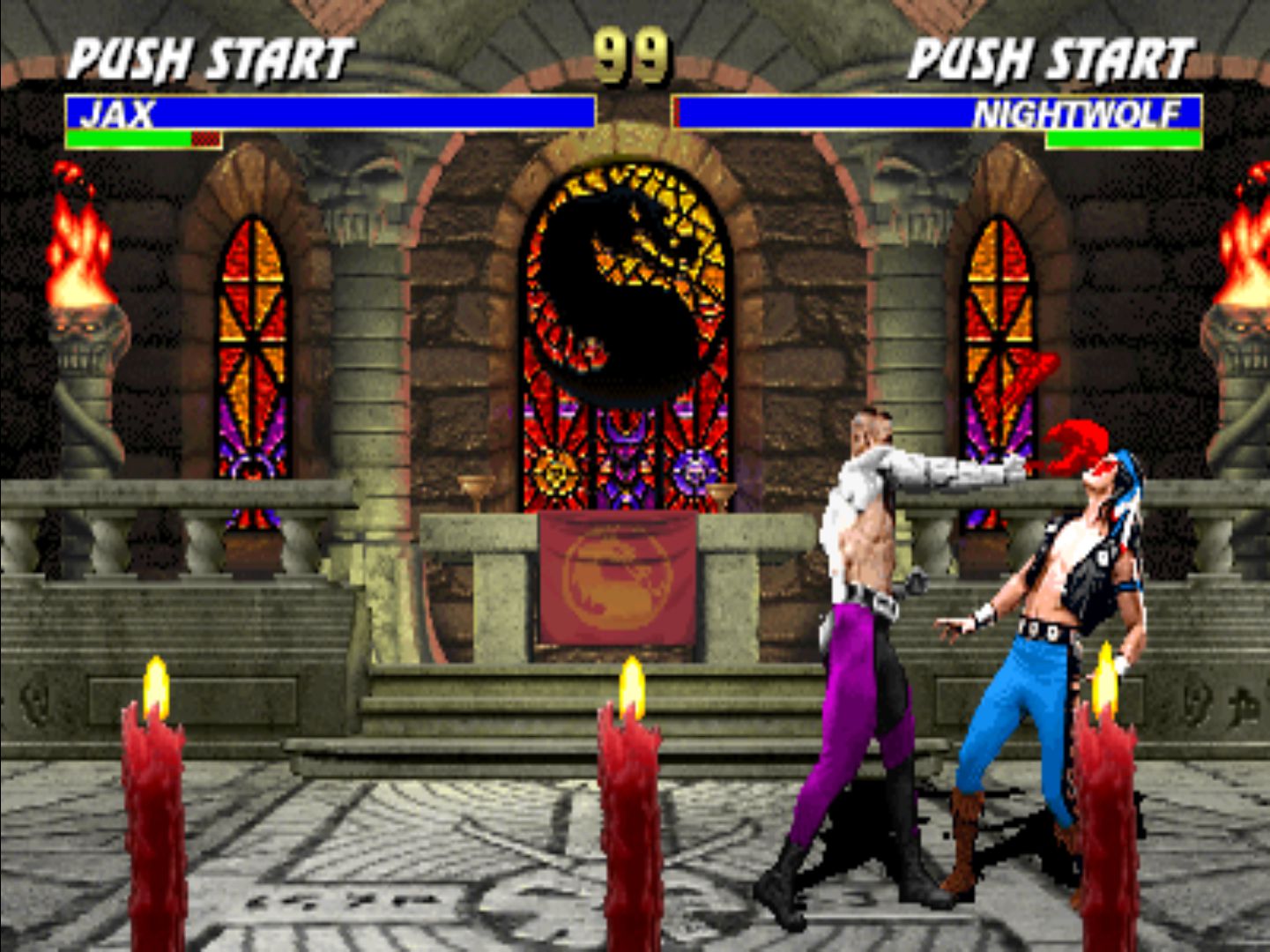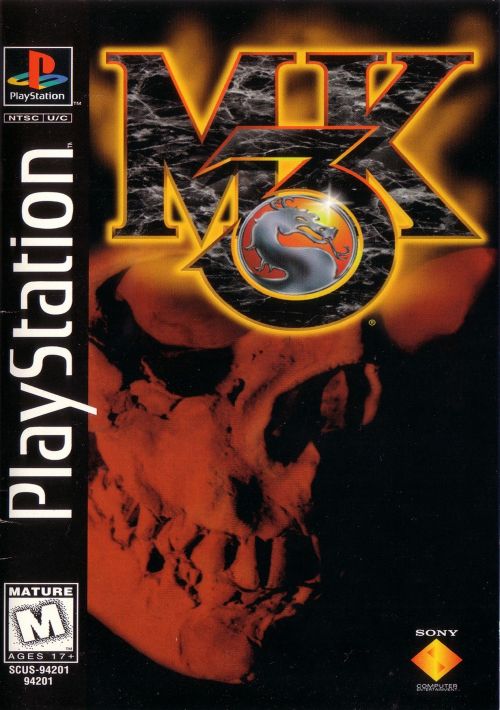

The strongest benefit to playing on a keyboard, particularly mechanical models, is how they read keypresses… Mechanical keyboards, many of which are tailored for gaming, cost more to build and more to purchase, but their makers take no shortcuts. Craddock went in-depth on this aspect of the community in the second excerpt: What's more, the widespread adoption of mechanical keyboards and their attendant input advantages has led to them becoming a sleeper favorite for playing Mortal Kombat 3 to this day.
#Mortal kombat 3 pc Pc
It makes sense: keyboards have more than enough buttons to cover the combo and movement options needed, and the ability to remap and customize layouts offers a similar advantage here as in more familiar PC genres like first person shooters or real time strategy games.

The Gravis Gamepad, one of the most popular controllers during the '90s, had four buttons, still shy of what MK and Street Fighter titles required.īut there was a perfect option right under Sculptured's nose: the humble keyboard, sans mouse. Joysticks were more common because of the popularity of flight simulators, but joystick button layouts were designed for those types of games. Most controllers for PC had two buttons, making them inadequate for games like MK3 and Super Street Fighter II. Until then, PC controllers ran the gamut of size and quality, with none of them being a great fit for Mortal Kombat. Even our ubiquitous mouse and keyboard controls had yet to be set in stone at this time, and the xinput gamepads we take for granted today didn't come on the scene until the Xbox 360's release in 2005. Sculptured also ran into similar trouble designing PC controls for Mortal Kombat 3. There were so many processors, sound cards, graphics chips, display modes, and controllers that a developer's decision to support one or another meant you either got the best version of an arcade game, or one that was barely playable, if it ran at all. One of the biggest issues with PC gaming until the mid-2000s was the lack of standardization in hardware. "The more people who booted it up, the more noise and traffic you had on your network from these workstations saying, 'I'm here, let's play.'"Ĭraddock's excerpts also touch on another topic that may seem foreign to today's PC gamers: the variety and unreliability of PC hardware configurations in the '90s: "Anyone in your company who did the same thing, those games were sitting there, broadcasting on your network," Peters says. The problem was the game pinged-sent out a signal letting other computers know it was interested-constantly. Peli, who went on to write and direct the horror film Paranormal Activity, programmed MK3's multiplayer mode to search for players over a LAN. Peters credits Oren Peli with MK3's networking code.

Craddock also discusses Sculpture's work on MK3's early network multiplayer capabilities, the surprising developer behind them, as well as a quirk in its netcode that could bring an entire office's internet to its knees:


 0 kommentar(er)
0 kommentar(er)
